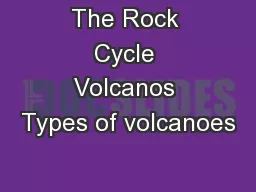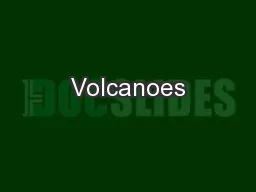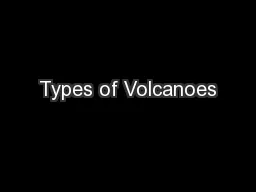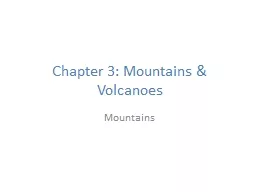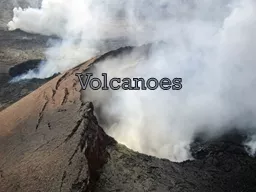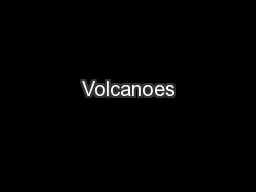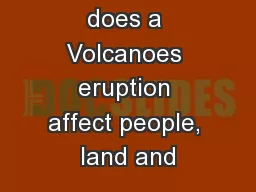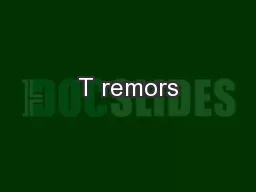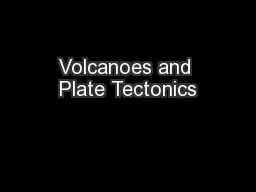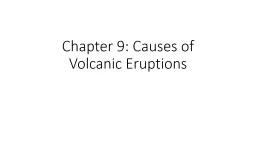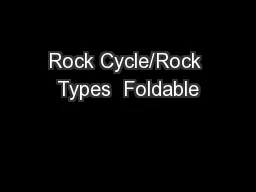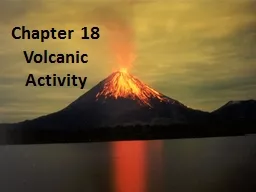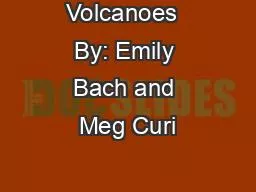PPT-The Rock Cycle Volcanos Types of volcanoes
Author : giovanna-bartolotta | Published Date : 2018-10-13
Shield volcano Fissure flood volcano Composite strato volcano Cinder Cones Rhyolite caldera complex Super volcanos Yeah baby yeah Terms cone Caldera Lava dome
Presentation Embed Code
Download Presentation
Download Presentation The PPT/PDF document "The Rock Cycle Volcanos Types of volcano..." is the property of its rightful owner. Permission is granted to download and print the materials on this website for personal, non-commercial use only, and to display it on your personal computer provided you do not modify the materials and that you retain all copyright notices contained in the materials. By downloading content from our website, you accept the terms of this agreement.
The Rock Cycle Volcanos Types of volcanoes: Transcript
Download Rules Of Document
"The Rock Cycle Volcanos Types of volcanoes"The content belongs to its owner. You may download and print it for personal use, without modification, and keep all copyright notices. By downloading, you agree to these terms.
Related Documents

